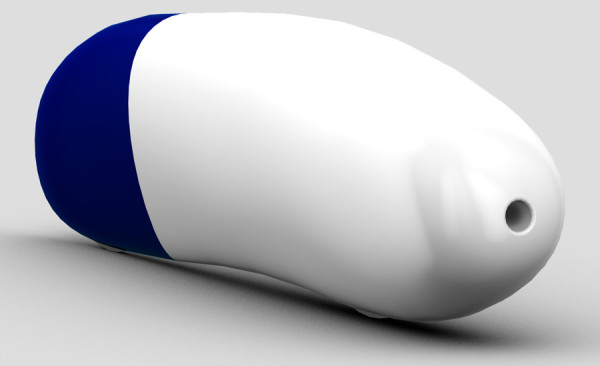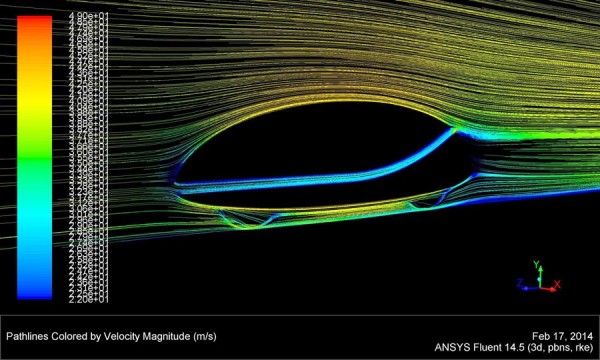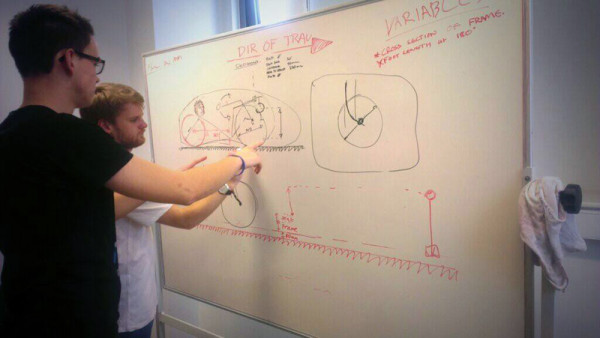Students at Liverpool University are developing a design to attempt to break the world record for the fastest non-motor paced bicycle. Named the ARION1, the latest iteration of their record-attempting bicycle is a fully-enclosed shell with a somewhat bean-like shape that would be familiar to anyone who has followed these record attempts.
Limited by the need to locate a large enough set of wheels and large scale drivetrain to maximize efficiency and speed, as well as to enclose a cyclist with enough space to maximize power output, there is only so much that can be done to cut down the overall frontal area of even a recumbent bike. The students are then tasked with trying to tweak the construction, final shaping, and even the fairings surface treatment to minimize drag.
Read on for more of their progress and plans…
Forming the University of Liverpool Velocipede Team (ULVTeam), the 8 mechanical engineering students hope to bring the Human Powered Speed Record to the UK for the first time. Partnering with lightweight structural composite specialist Far Composites, just 100 miles away from the university, the students aim to develop one of the most technologically advanced recumbents ever created. Their goal is to best the current highest land speed record by an unpaced human-powered vehicle, last set by Dutchman Sebastiaan Bowier at 83.13mph (133.78km/h) in 2013, as administered by the International Human Powered Vehicle Association (IHPVA).
Their current design solution, which continues to progress through refined computational fluid dynamics designs and biomechanics, is a carbon fiber, fully-faired recumbent bicycle designed to reach a top speed of 90mph (145km/h). Its most recent design forgoes any natural visibility, by giving the rider a view where they are headed via a monitor attached to a forward facing camera.
The final functional prototype, which is still in the early stages of development, is planned to be ready in time to compete at the 2015 World Human Power Speed Challenge, held each September on what is called the “straightest, flattest, and smoothest road surface in the world” in the desert outside of Battle Mountain, Nevada. The ULVTeam is scheduled to visit the Nevada testing grounds later this year to optimize their final design for the precise environmental characteristics they will go up against.
You can keep up with the team’s ARION1 progress on Facebook, and we look forward to seeing how they progress.


